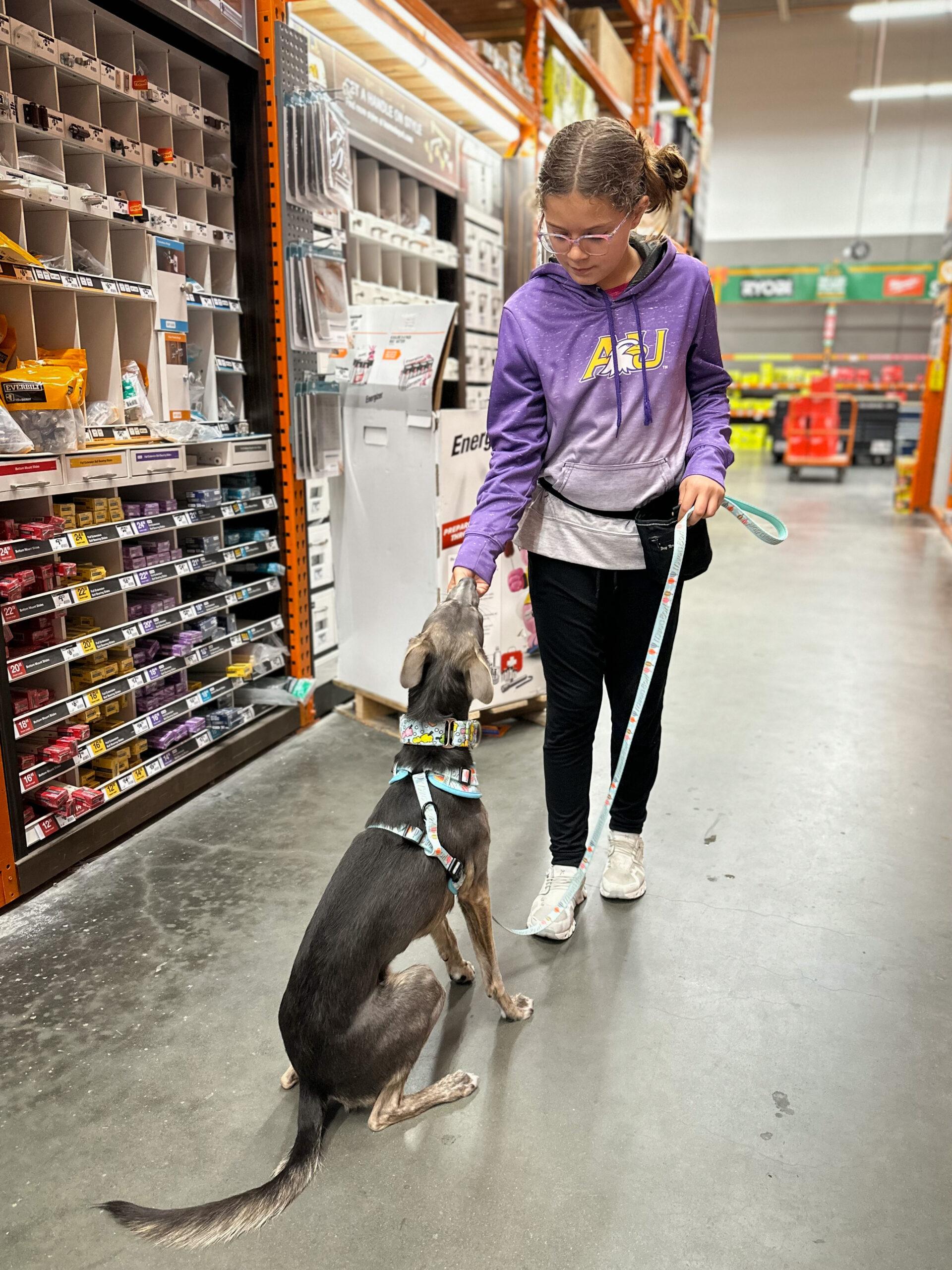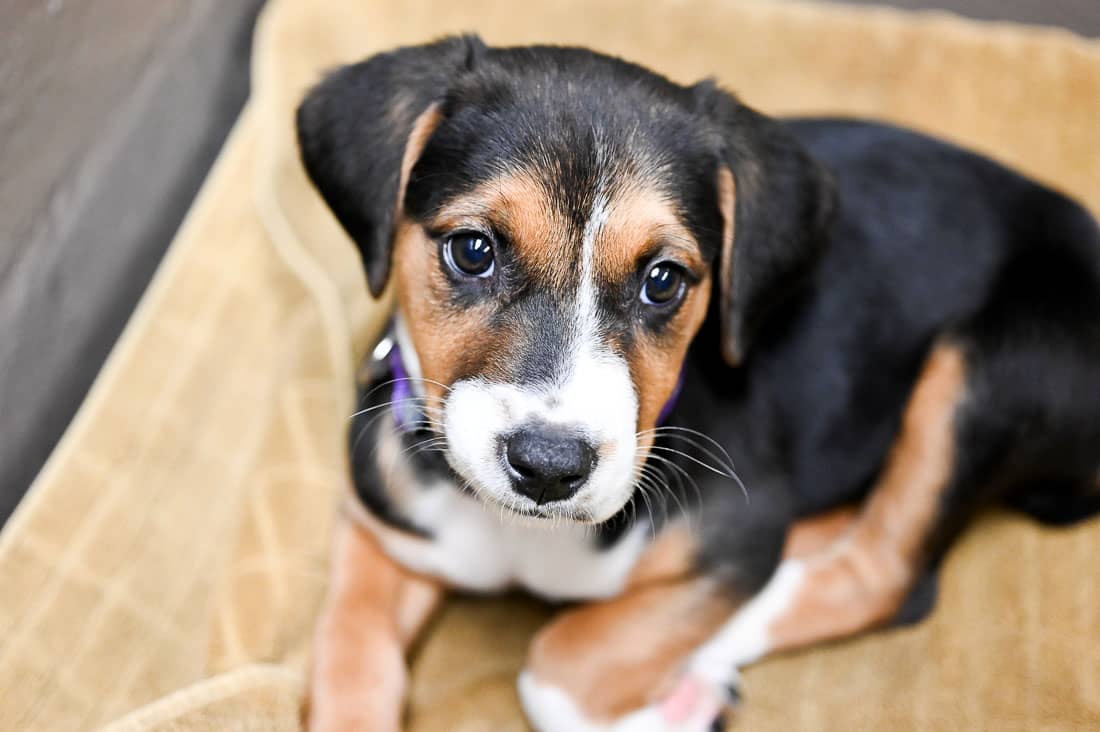Essential Tips for Successful Dog Training: An Overview for Family Pet Owners
Reliable pet training is a complex process that requires a critical approach customized to both the pet dog's personality and the proprietor's purposes. Comprehending exactly how to browse these challenges can dramatically enhance the training experience, ultimately transforming the connection between proprietor and pet dog.
Recognizing Dog Habits
Recognizing dog behavior is necessary for reliable training and promoting an unified connection between canines and their proprietors. Pets communicate mainly with body movement, vocalizations, and actions, making it essential for proprietors to interpret these signals precisely. Recognizing a canine's stance, tail placement, and ear alignment can provide understandings into its mood. For example, a wagging tail does not constantly suggest happiness; it can also indicate excitement or anxiety.

Socializing plays a significant duty in pet dog behavior; exposure to numerous settings, individuals, and other animals can dramatically impact a canine's personality. Additionally, variables such as breed attributes and private personality need to direct training methods, as some types may have certain behavior characteristics that demand customized methods. By recognizing these aspects, proprietors can develop a helpful atmosphere that urges positive habits, causing successful training results and a much deeper bond with their pet dogs.
Establishing Constant Commands
Efficient interaction with your pet begins with developing regular commands. This fundamental aspect of training is crucial for promoting understanding in between you and your family pet. Uniformity in the commands you make use of guarantees that your dog can accurately associate certain words or phrases with the preferred actions.
When choosing commands, select clear, unique words that are very easy to say and set apart from each other. Prevent using similar-sounding commands that might perplex your canine. Using "rest" and "stay" is suitable, but "sit" and "hit" can lead to misunderstandings.
Additionally, keep the very same tone and volume for every command. Pet dogs are delicate to vocal hints, so differing your tone can create complication.
It is just as vital to guarantee that all member of the family are on the very same page regarding the commands made use of. A united front in command use will certainly avoid combined signals and enhance the learning procedure.
Positive Support Strategies
The power of positive reinforcement in dog training hinges on its capacity to motivate preferred habits via benefits and appreciation. This strategy is based in the concept that actions complied with by favorable outcomes are extra likely to be repeated. By integrating positive reinforcement right into your training regimen, you can effectively shape your pet dog's habits in a constructive way.
To apply favorable support, it's vital to determine what motivates your canine, whether it be deals with, toys, or spoken praise. When your pet does a preferred action, such as remaining on command, quickly reward them with a treat or affection. This association between the command and the positive result strengthens their understanding.
It's critical to timing the rewards properly; delivering the support within seconds of the desired habits assists your dog make the link (dog training). Furthermore, uniformity is crucial-- make certain that all member of the family utilize the very same commands and incentive systems to stay clear of complication

Gradually, you can reduce the frequency of deals with as your dog learns the actions, transitioning to commend or periodic rewards. This approach not only promotes a strong bond between you and your canine but also advertises a positive discovering environment, making educating a delightful experience for both.
Socialization and Interaction
Regularly revealing your pet to a range of atmospheres, people, and other pets is essential for their social development. Socialization must start early, ideally during the important home window of 3 to 14 weeks, when young puppies are most responsive to new experiences. Nevertheless, older canines can additionally gain from recurring socialization efforts.
Present your pet to different setups, such as parks, pet-friendly stores, and metropolitan locations. This direct exposure helps them adjust to different stimulations, reducing anxiousness and fear responses. Urge positive communications with various other pet dogs and people, ensuring that these encounters are regulated and safe to foster confidence.
Utilize structured playdates with genteel pet dogs, as this can improve your pet dog's social skills and instruct them proper behavior. Obedience classes and training sessions additionally supply excellent possibilities for socialization, allowing your pet to engage with others in a monitored setting.
Monitor your pet dog's body language throughout communications, as this will aid you determine their comfort degree. Progressively boost exposure to more tough circumstances while ensuring that each experience is positive. A well-socialized pet is extra likely to exhibit balanced habits, making them a pleasure to have in any setup.
Attending To Common Training Challenges
Every dog proprietor will certainly come across training challenges at some factor, no matter their pet's age or socialization degree. Determining common concerns such as stubbornness, disturbances, and fearfulness can aid in developing reliable approaches for enhancement.

Interruptions throughout training sessions can thwart emphasis. To fight this, start training in a peaceful atmosphere with very little stimulations. Gradually present diversions as the dog comes to be more competent in commands. Short, constant training sessions are additionally reliable in keeping interest.
Terror can prevent a pet dog's knowing procedure. Steady desensitization to the source of concern, combined with positive support, can help minimize anxiousness. Persistence is important; never force a pet dog into a scenario that triggers distress, as this might exacerbate the problem.
Ultimately, understanding and resolving these check that typical challenges with an organized approach will cultivate an extra productive training experience, enhancing the bond between canine and proprietor while promoting efficient understanding.
Conclusion
In summary, successful dog training depends on a thorough understanding of canine habits, the facility of constant commands, and the application of favorable reinforcement techniques. Socializing plays a critical duty in developing well-adjusted family pets, while addressing common training difficulties site web calls for persistence and adaptability. By applying these crucial approaches, pet proprietors can promote a solid bond with their dogs and advertise desirable habits, inevitably resulting in an unified relationship in between human beings and their canine buddies.
Recognizing pet dog behavior is crucial for efficient training and cultivating a harmonious partnership between canines and their owners.Socializing plays a significant duty in pet habits; exposure to various environments, people, and various other pets can significantly affect a canine's temperament.The power of positive reinforcement in pet dog training lies in its great site ability to urge desired behaviors with benefits and appreciation. By including favorable reinforcement into your training program, you can efficiently shape your dog's behavior in a constructive fashion.
In summary, effective dog training relies on a detailed understanding of canine habits, the establishment of regular commands, and the application of positive reinforcement techniques.